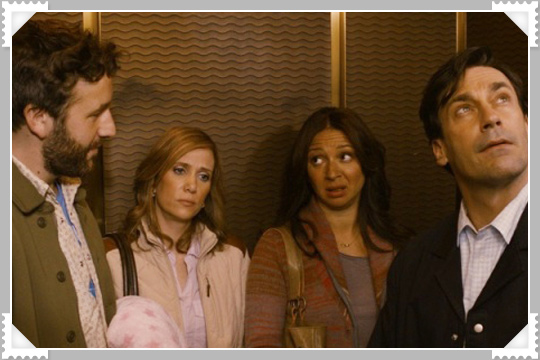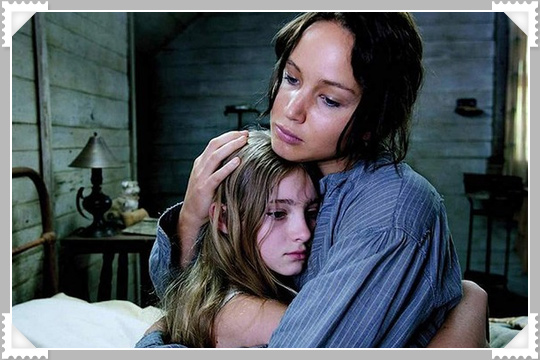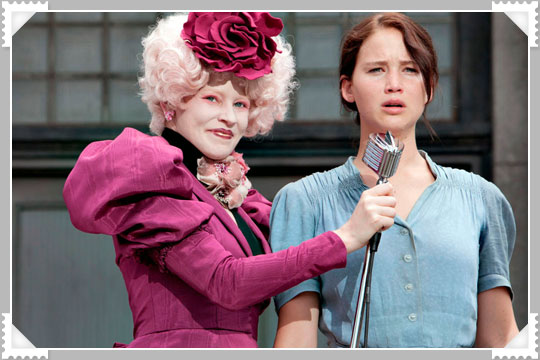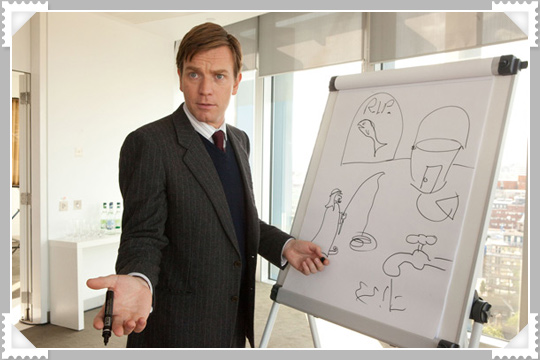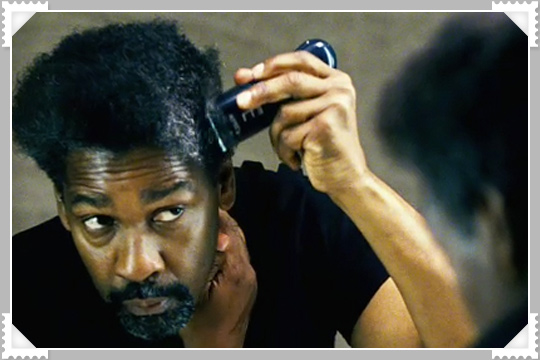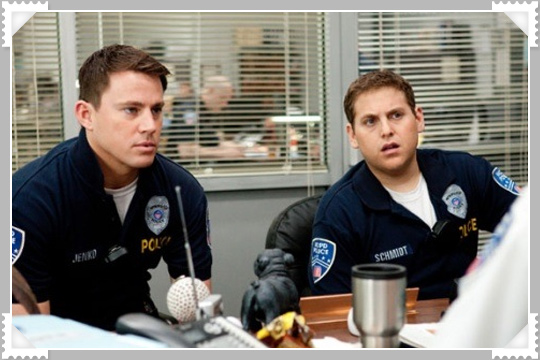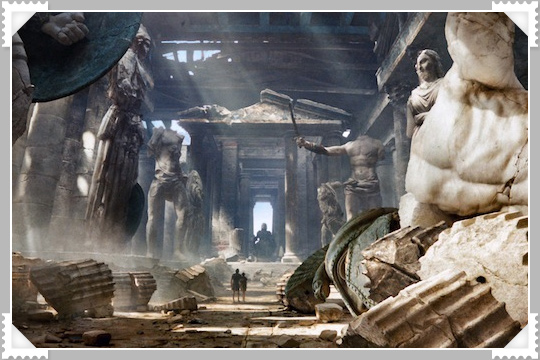
Dear Steven Denyer, Visual Effects Artist #143
I’m sorry for assigning you a number – it’s the only way I could identify you among the CGI craftsmen who lost a year of their life to Jonathan Liebesman’s Wrath of the Titans. It’s also fitting because, well, that crowded, never-ending credit crawl looked more like a holocaust memorial than a professional title listing.
So let’s take a minute to mourn your loss. If you’re one of the lucky ones, you got away with animating part of the opening village attack by a two-headed chimera. You know, that fleeting seven-second-long take where the audience could temporarily follow the action. Was that you?
No, chances are yours was among the fallen efforts that built the overly complicated labyrinth, of which we only ever experience a few corridors. Maybe you were on thankless dust and smoke detail, clouding over everyone else’s designs. If not, perhaps you spent sleepless nights bringing the Minotaur to life, only to have it completely obscured by shadows and incompetent editing. Worst of all, could it be that your tireless effort was put to the service of animating Kronos, duped into believing that working on the ultimate villain would offer the biggest payoff? If so, you must be painfully disappointed.

Here’s a good rule of thumb next time you pick a project: in superhero/sci-fi/fantasy films, the dramatic impact of a climax is inversely proportional to the physical size difference between the hero and the villain. In other words, the bigger the bad guy, the harder it is to care. Think of Spider-Man 3, The Green Lantern, Matrix: Reloaded – the more outmatched the battle, the less interesting the fight. When a ridiculous strategy is all that can stop a ridiculous monster, nobody wins. The formula works both ways (which is why they can’t seem to make a good Superman film). For the perfect balance, please refer to Rocky IV.
In the end, it must be heartbreaking to know that all the hours you put in could barely motivate a shrug from the audience, who rightfully require emotional engagement to care about what’s happening. The strained dialogue and brainless story weren’t going to get it, so it was all up to Sam Worthington’s acting.
Yikes. Maybe you needed a few more animators after all.
Ones and zeros,
Christopher
Status: Return to Sender (2/5)

